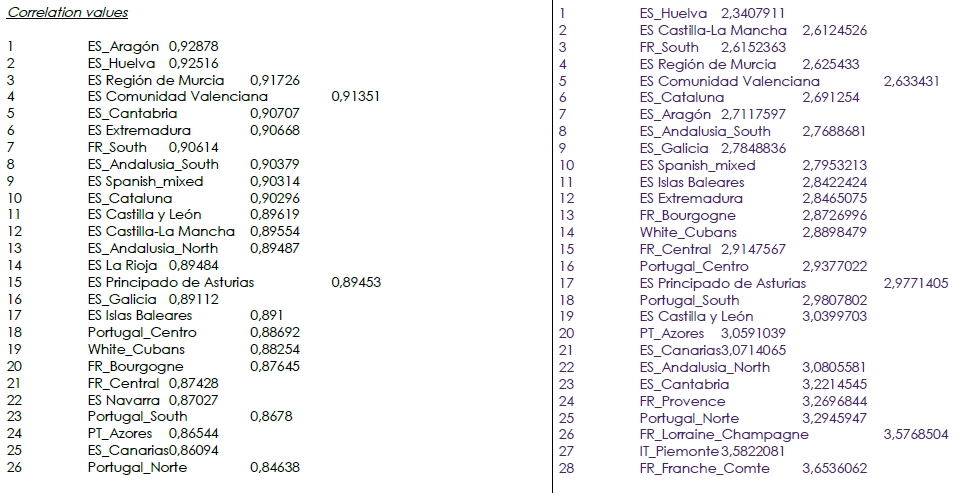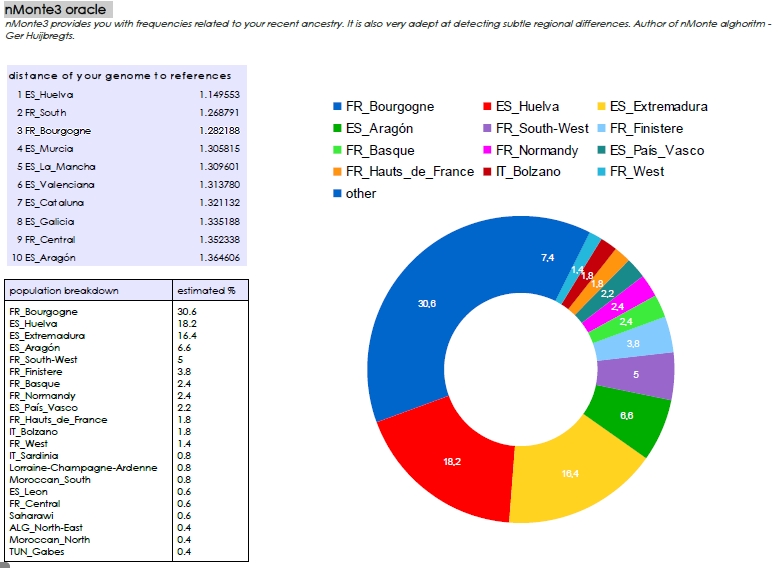I don't understand why you get all worked up about this and why you vehemently try to prove that Belgians/South Dutch have no ancestry from Denmark. All Germanic peoples originated around Denmark (+ southern Sweden and Schleswig-Holstein) during the Nordic Bronze Age and
Jastorf culture (Scandinavian Late Bronze/Early Iron Age). If you claim that Belgians and South Dutch have no ancestry from this region, then you are saying that they have no Germanic ancestry at all, and that Flemish/Dutch language south of the Rhine was adopted through cultural exchange with northern neighbours. I don't know of a single case of language adopted by an ancient population without migration. Anyway, denying that Belgians and South Dutch have Germanic ancestry (meaning from around Denmark between 1000 BCE and 100 BCE) goes completely against all genetic evidence.
For example, this 23andMe map of relatively recent "Scandinavian" (actually more Norwegian-Swedish) ancestry shows a clear gradient from Sweden to northern France.
The same gradient is found with Y-haplogroup I1
The ancestry that links more closely the Dutch and Danes (from Jutland at least) is what was named Northwest European ancestry by 23andMe, which peaks in Frisia.
It is more related to the distribution of R1b-U106 (although Y-DNA doesn't get diluted and could increase more quickly through noble or royal lineages in some places like Sicily). It also peaks in Frisia (over 50%, although it's not shown on the map).
But once again, that ancestry is found throughout Belgium, even if only at half the frequency of Frisia.
If you look at the
phylogenetic tree, you can even see when each branch split from each other (check Yfull for the dates).
In my analysis of Belgian Y-DNA, I noticed that the Flemish have more affinity with the Saxons, with Germanic lineages in French-speaking Wallonia were often very close to Denmark. This is despite the fact that the Flemish are a bit more Germanic than the Walloons in autosomal percentages. When comparing segments of DNA in common with medieval or Iron Age samples, Flemings are closer to the Saxons, but some Walloons (not all) get remarkably close matches from Danish and Norwegian Vikings. So the Flemings have more Germanic DNA overall, but segments of DNA match better medieval Danish samples among Walloons.
The most likely explanation is that the Saxons moved out of Denmark earlier to colonise northern Germany. The Franks left Denmark later, but brought along lots of Saxons with them when they moved to Roman Belgium. The Frankish elite settled mostly in Wallonia (the Merovingians around Tournai and the Carolingians around Liege), while Saxons took what is now Flanders and the southern Netherlands. The Frankish elite adopted Latin, which with time became French (Frankish Latin).
In my
toponymy of Belgium I pointed out that many Flemish place names are very close to Saxon ones (e.g. the ending -ingem or -gem, which is -ingham and -gham in southern England). In contrast, Walloon place names, though heavily Frenchified over time, often have roots related to the German -heim and -ingen, which are more Frankish than Saxon in origin.
So this is your evidence? FYI, the ethnic groups listed in the pie chart from MyTrueAncestry is just the number of samples that have relatively close matches to yours. It heavily depends on the number of samples tested from each region. If they were, say, 10,000 samples from each ethnic group, your chart would look completely different and far more homogeneous.
Anyway, to give you an example, this is what a Walloon got:
View attachment 11797
Overwhelmingly Germanic, with 18% Frankish, 10% Saxon, 24% Viking, 7.5% Lombard (from NW Germany), 5.5% Vandal (from Sweden), 8.5% Visigothic+Ostrogothic and 3% Alemanni+Thuringii. Less Celtic than you!



























